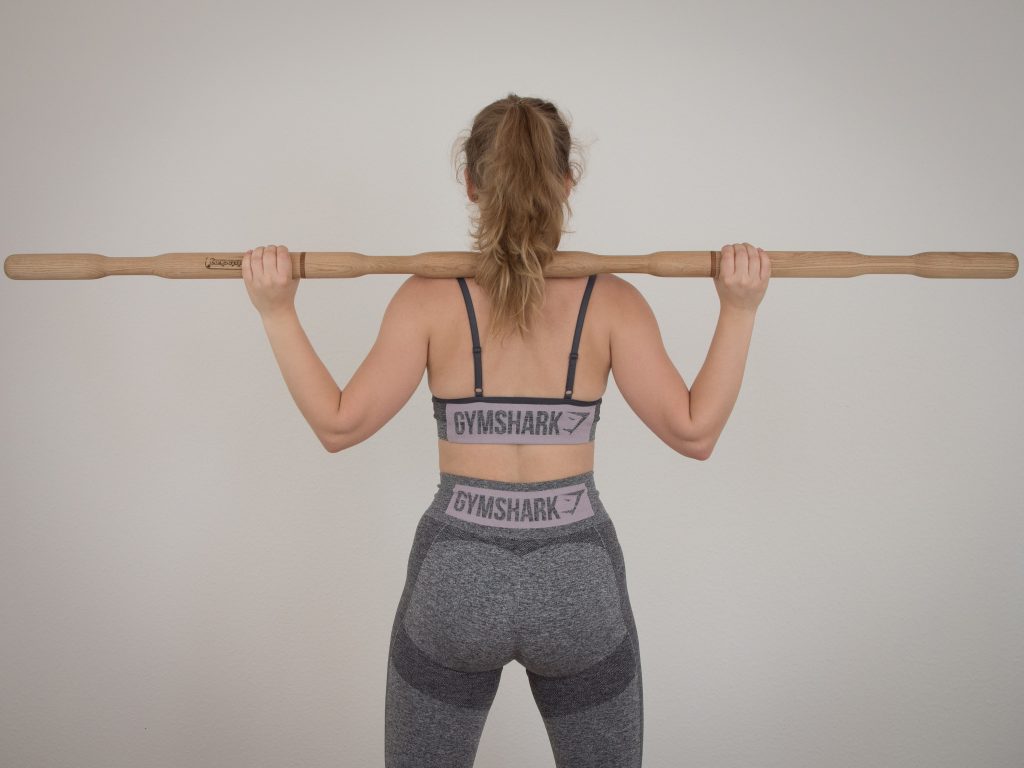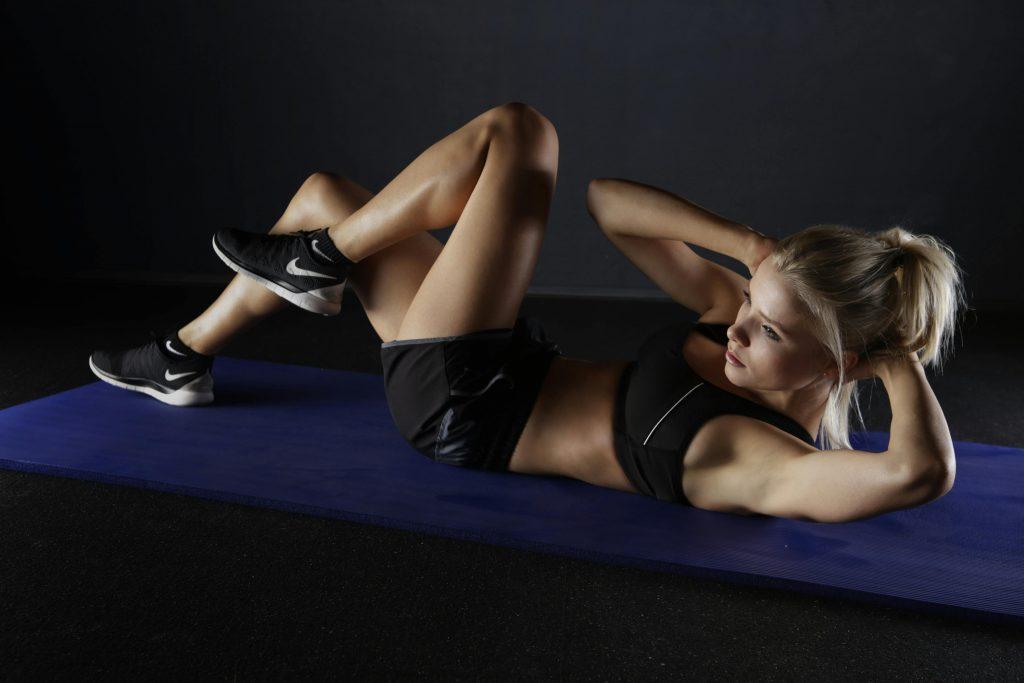
I know it sounds cute, but ‘butt winking’ is actually a bad thing–at least when it comes to squatting. If you can make your butt wink in other ways, then we might be all ears–ha!
Butt winking while squatting is a good sign that your squatting could lead to back problems. Now, if you are like me, I am in the gym trying to make myself stronger and be as healthy as possible. Doing something that could actually hurt me, in the long run, is something I certainly want to know and stay away from. If you are anything like me, then let’s chat more about the butt wink, so that you can figure out if you are possibly doing or avoid it in the future.
If you have been a reader for a while, then you might be familiar with our blog post on 4 Ways to Perform Better Squats. In conjunction with these tips, we now want to make sure you aren’t butt winking in your squats.
What does a butt wink look like?
The way to spot a butt wink is to pay close attention to the low back. Butt winking is when the lower spine is arched at the bottom of a squat. This typically happens, when you’re lowering down into your squat. Ideally, when you are squatting you are trying to sink your butt below parallel (aka lower than your thighs when they are parallel to the ground). Now when you get past parallel the butt wink happens when your pelvis and lumbar spine goes into flexion. From a profile view, it literally looks like your butt is winking at the bottom of the squat.
How do you stop butt winking?
The butt wink happens when signifies you’re not fully engaging your core, glutes, and hamstrings, which not engaging these muscles fully is when the back tries to take over and causes us the possible back pain I discussed earlier.
Now if you are just performing bodyweight squats, then your butt will most likely butt wink because it is natural for your spine to behave that way and that is okay. It is when you are trying to lift heavier weights than the butt winking should go away. While lifting heavier weights you want to protect your spine by taking away that flexion and having a neutral spine. Having a neutral spine means your core is on, your pelvic floor and glutes are on too.
Before you start squatting with weight practice not butt winking by turning on your core, glutes, and hamstrings—and only move through the movement if you still feel those same muscles engaged. If you don’t, then immediately stop, try to readjust your stance and your engagement and try again. If you try again and it still doesn’t work then you will need to practice engaging those muscles more while doing nothing. For instance, while sitting, practice engaging your core. While standing practice engaging your legs to feel both the thighs and hamstrings individually. You also might need to just strengthen those muscles a bit more on their own.
Here are some core and hamstring exercises to get you started.





